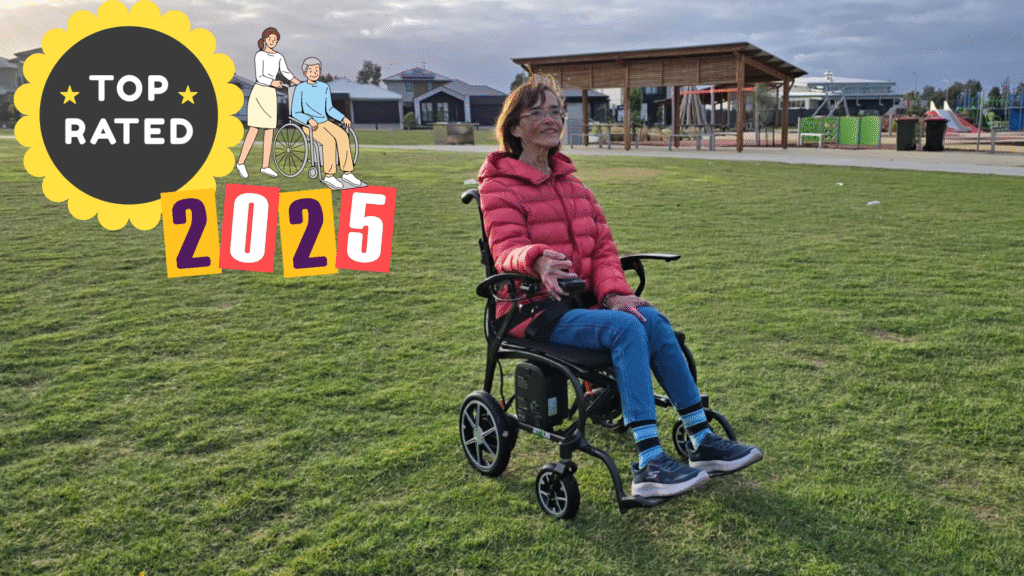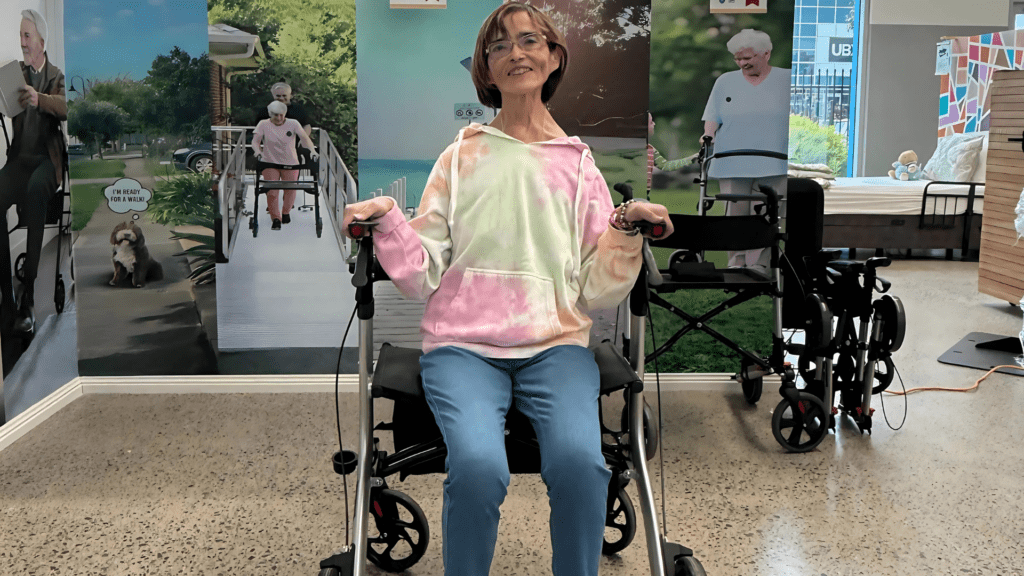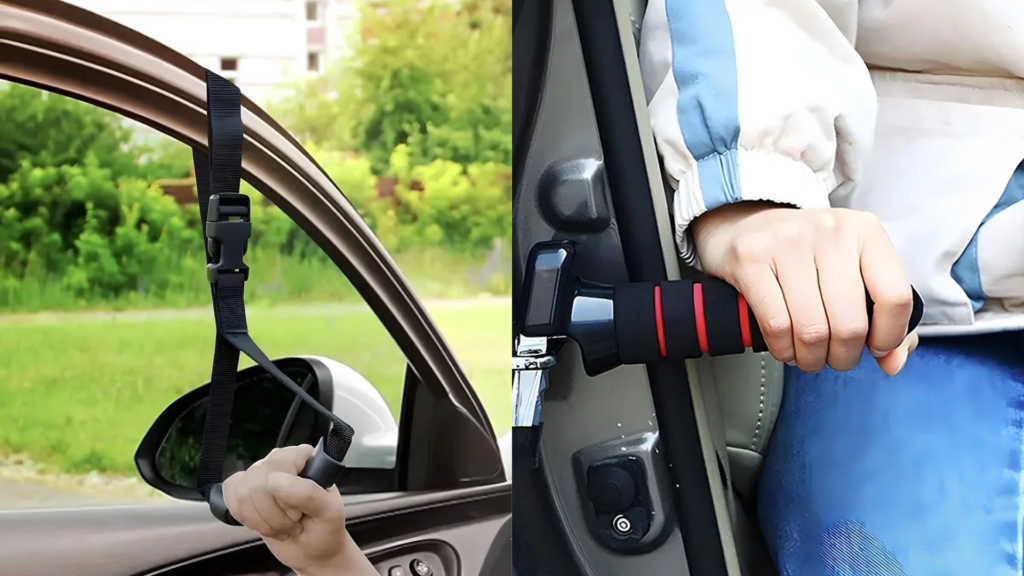What Makes AI-Powered Wheelchairs Different
Unlike traditional powered mobility devices, AI wheelchairs are built with intelligent systems that can:- Navigate obstacles automatically
- Adjust movement based on user behaviour and environment
- Detect hazards like stairs or tight spaces
- Assist in positioning through voice or touch-based controls
- Record usage patterns for customised support
- Smart braking on slopes
- Indoor/outdoor terrain adjustment
- Voice-assist pairing with home automation
- Predictive maintenance alerts
- Integrated GPS tracking and caregiver notifications
Benefits for NDIS Participants and Providers
The shift to smart mobility devices isn’t just about convenience—it’s about restoring functional freedom. For participants:- Greater independence: Reduced need for caregiver intervention
- Improved navigation: Automatic steering and obstacle avoidance
- Personalised experience: Settings can be adapted based on physical ability
- Safety confidence: Alerts and assistance features protect against collisions or tipping
- Detailed data: Usage metrics for clinical assessments and care plans
- Customisation options: Adjustable parameters to match therapy goals
- Real-time support: Some devices link to mobile apps for monitoring and troubleshooting
How to Access These Smart Devices Under NDIS
Eligible NDIS participants in Victoria can now apply for funding toward AI-powered smart wheelchairs, provided there is a clinical justification. Here’s how to begin the process:1. Occupational Therapy Assessment
An OT must evaluate the participant’s mobility needs and assess whether a smart wheelchair is appropriate based on goals, limitations, and home or community environment.2. Assistive Technology Report
The therapist must prepare an AT assessment report outlining:- Functional limitations and goals
- Why standard mobility aids are insufficient
- Benefits of smart wheelchair features
- Long-term value for independence and care reduction
3. Quote from Registered Provider
Participants must obtain a quote from an approved provider like CareWithUs, who offers support across Victoria. You can initiate this through the product enquiry form.4. NDIS Plan Approval
The NDIS plan manager or coordinator submits the recommendation to the NDIA. If approved, funding is allocated under the Assistive Technology budget—generally as a mid- to high-cost item. For help during this process, visit our Contact Us page to reach the CareWithUs team.Real-World Use: Applications in Aged and Disability Care
AI-powered wheelchairs are particularly transformative for people with:- Neurological conditions like multiple sclerosis or cerebral palsy
- Progressive muscle weakness (e.g., muscular dystrophy, ALS)
- Post-stroke motor impairments
- Severe arthritis or spinal injuries
- Age-related mobility decline in residential aged care
- Complex home layouts with narrow hallways
- Outdoor terrain or sloped driveways
- Public transport and community participation
- Smart home integration
FAQs: AI Smart Wheelchairs and NDIS Support in Victoria
Q1. What is an AI-powered wheelchair
A: It’s a powered wheelchair equipped with artificial intelligence and sensor-based navigation systems that help the user move safely, avoid obstacles, and adapt to real-time conditions without relying solely on manual control.
Q2. Who qualifies for NDIS funding for smart wheelchairs
A: NDIS participants with a documented functional need for advanced mobility aids—usually supported by an occupational therapy report—can qualify for funding under the Assistive Technology category.
Q3. Are smart wheelchairs suitable for older adults in aged care
A: Yes. These wheelchairs can enhance autonomy and safety in aged care settings, particularly for users who experience fatigue, postural instability, or cognitive limitations.
Q4. How are AI smart wheelchairs different from standard power chairs
A: They offer features like automatic navigation, obstacle detection, voice control, data tracking, and safety alerts. Traditional powered chairs rely on joystick control and do not adapt to changing environments.
Q5. Can I trial one before applying for funding
A: In many cases, yes. Providers like CareWithUs can assist with demonstrations or short-term trials as part of the OT assessment and NDIS funding application process.



